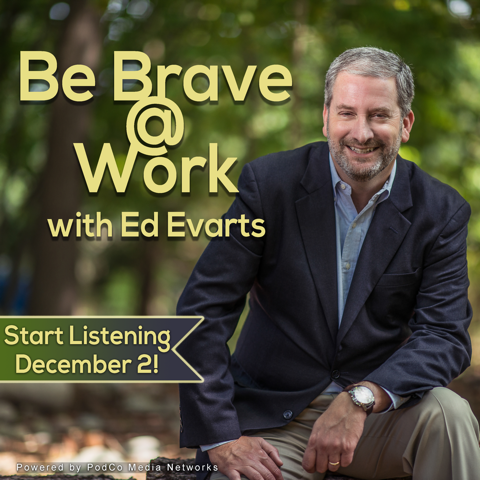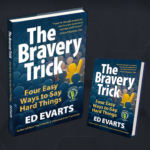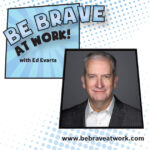
by Ed Evarts | Nov 14, 2019 | Visibility and Value
Coming December 2nd! I’m thrilled to announce my new podcast called “Be Brave @ Work with Ed Evarts: Stories About Courageous Steps in Your Workplace.” My goal is to help listeners make positive progress on challenges they are facing in the workplace...

by Ed Evarts | Jul 16, 2019 | Reputation
While the importance of a good reputation is not new, the environment in which you are working to build a good reputation is. Here are some suggestions for what to do if you think you may not have a positive reputation at work. Partner with your manager or your Human...

by Ed Evarts | Jun 19, 2018 | Visibility and Value
Take a moment to think about a key activity/project in which you are currently engaged. An activity tends to be smaller and completed on a recurring basis, while a project tends to be larger and done only once. An effective strategy in completing your value...

by Ed Evarts | May 31, 2018 | Visibility and Value
In order for an organization to obtain value from you and for you to raise your value within your organization, you must capitalize on either an existing way of creating value or identify new ways to create value. You can create value in your organization in the...

by Ed Evarts | Feb 13, 2018 | Interacting, Relationships, Responsiveness, Visibility and Value
After working in large corporations for twenty years and providing leadership coaching for ten years, I have come to a conclusion that virtually every organizational leader needs coaching at some point in his/her career. This is not speculation – this is...











